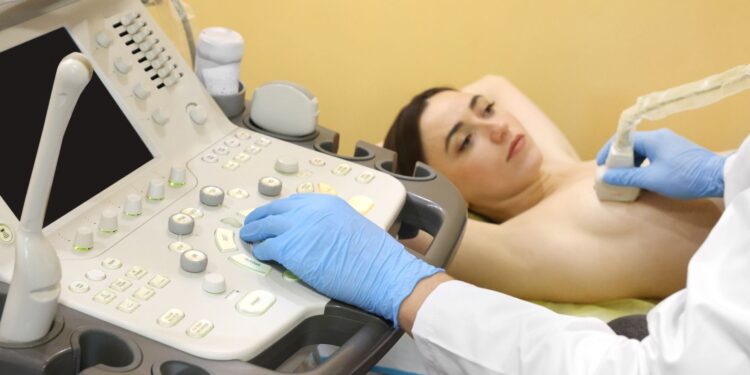Rare disease clinical trials face unique hurdles compared to more common diseases, making it crucial for clinical research organizations (CROs) to walk through these challenges strategically.
Success in these trials depends on overcoming design obstacles, understanding regulatory frameworks, and ensuring the treatments have commercial viability.
This article outlines the primary roadblocks and strategies for achieving success in rare disease trials, focusing on clinical, regulatory, and commercial aspects.
Challenges in Designing and Conducting Rare Disease Trials
Rare disease trials present distinct challenges that demand innovative approaches, and one significant difficulty is the limited patient population.
Rare diseases, by definition, affect small numbers of people, complicating patient recruitment and trial design.
Traditional randomized controlled trials (RCTs) are often impractical in these cases, necessitating alternative trial models such as adaptive or Bayesian designs that adjust parameters based on interim data.

Additionally, gathering natural history data for rare diseases is a critical but often overlooked step in trial preparation – many rare diseases lack established clinical guidelines or precedents, making it difficult to define appropriate endpoints for the study.
Understanding disease progression without treatment is crucial to demonstrating the efficacy of new therapies.
Lastly, logistical challenges abound, as rare disease patients are often spread across various regions; as such, trials frequently need to span multiple countries and territories, which can add substantial complexity regarding supervisory compliance and patient management.
Regulatory strategies for rare diseases require careful planning and early engagement with authorities.
Many therapies for rare conditions seek designations like Breakthrough Therapy or Orphan Drug status, which can expedite approval; however, these programs are not without their requirements and challenges.
For example, the Food and Drug Administration (FDA) and the European Medicines Agency (EMA) have shown increasing flexibility with alternative trial designs for rare diseases.
Regulators now recognize the impracticality of traditional RCTs in these scenarios and are open to single-arm studies or other non-conventional methodologies.
Early discussions with supervisory bodies can help developers align on acceptable endpoints, such as quality-of-life improvements instead of survival rates.
Moreover, regulators are increasingly considering real-world data and patient registries to supplement clinical trial results.
In some cases, natural history studies or patient registries may be used as a control group, reducing the need for placebo arms in trials.
Strategies for Achieving Commercial Success in Rare Disease Treatments
Achieving commercial success in rare disease treatments goes beyond securing regulatory approval.
One fundamental strategy involves aligning the clinical trial endpoints with what payers and healthcare systems value most, such as better living conditions and reduced healthcare resource utilization.

Treatments that improve patients’ lives and reduce the burden on healthcare systems are more likely to receive favorable reimbursement terms.
Another essential consideration is market access planning: Early dialog with payers can help pharmaceutical companies understand the reimbursement backdrop and adjust their development strategies accordingly.
For instance, if a new therapy only marginally improves survival but offers significant quality-of-life benefits, this may still be a compelling value proposition to insurers and healthcare providers.
Lastly, patient advocacy is pivotal in the commercial success of rare disease treatments, as engaging with patient groups simultaneously improves trial recruitment and helps build a strong case for the therapy’s real-world benefits, which can be used during pricing and reimbursement discussions.
The Part Played by Long-Term Follow-Up in Rare Disease Trials
An often overlooked aspect of rare disease trials is the importance of long-term follow-up; unlike standard disease therapies, rare disease treatments frequently need extended monitoring to assess the long-term safety and effectiveness of the intervention.

These follow-up studies can also provide valuable real-world evidence that helps strengthen the case for reimbursement and market access.
By tracking patients post-approval, CROs can gather critical insights into the therapy’s sustainability and impact on patients’ quality of life, which is essential for securing regulatory and commercial success.
In Conclusion
The road to success in rare disease trials is paved with several hurdles, from designing tests for small patient populations to navigating intricate regulatory backgrounds.
However, clinical research organizations can significantly improve their chances of bringing new therapies to market by adopting innovative plans, engaging early with regulators and payers, and focusing on patient-centric outcomes.
In the face of ongoing evolution within the sector, CROs that adopt a comprehensive approach by incorporating clinical, regulatory, and commercial considerations are strategically positioned to spearhead advancements in developing drugs for rare diseases.














































































































